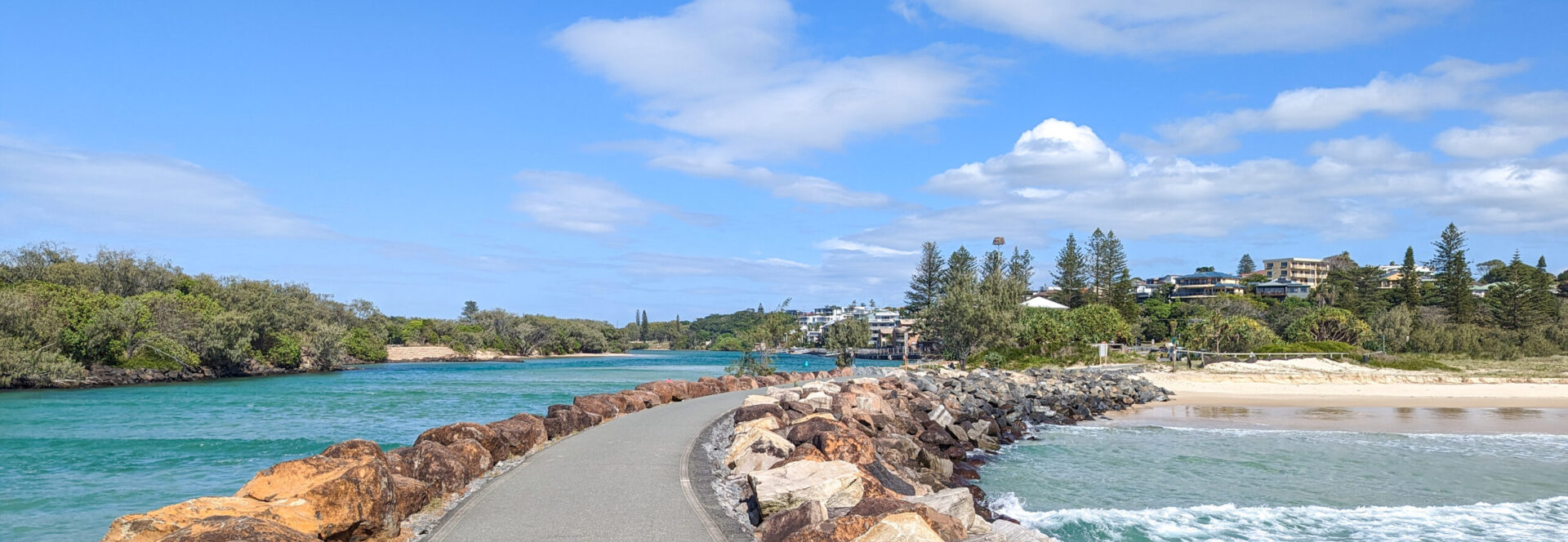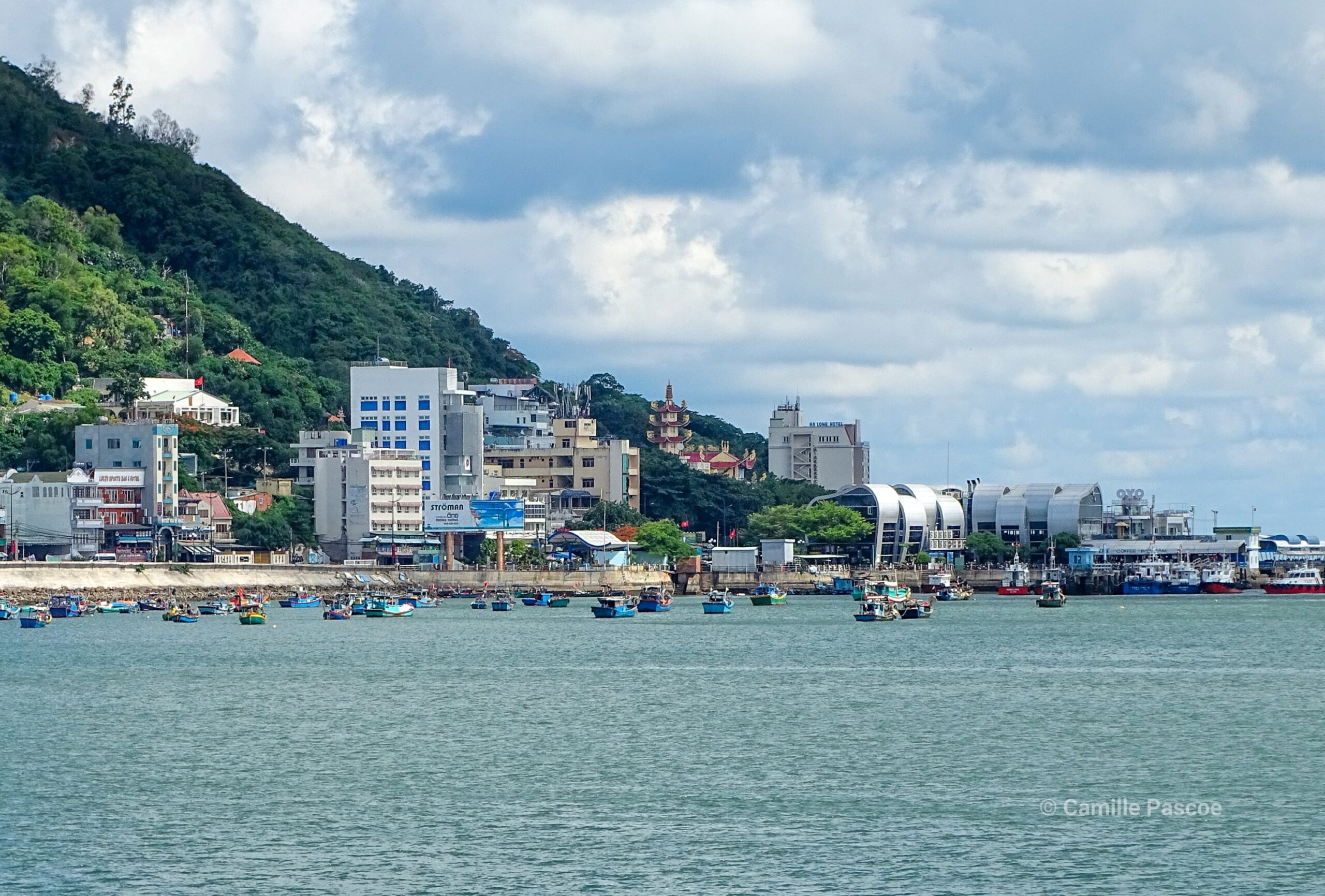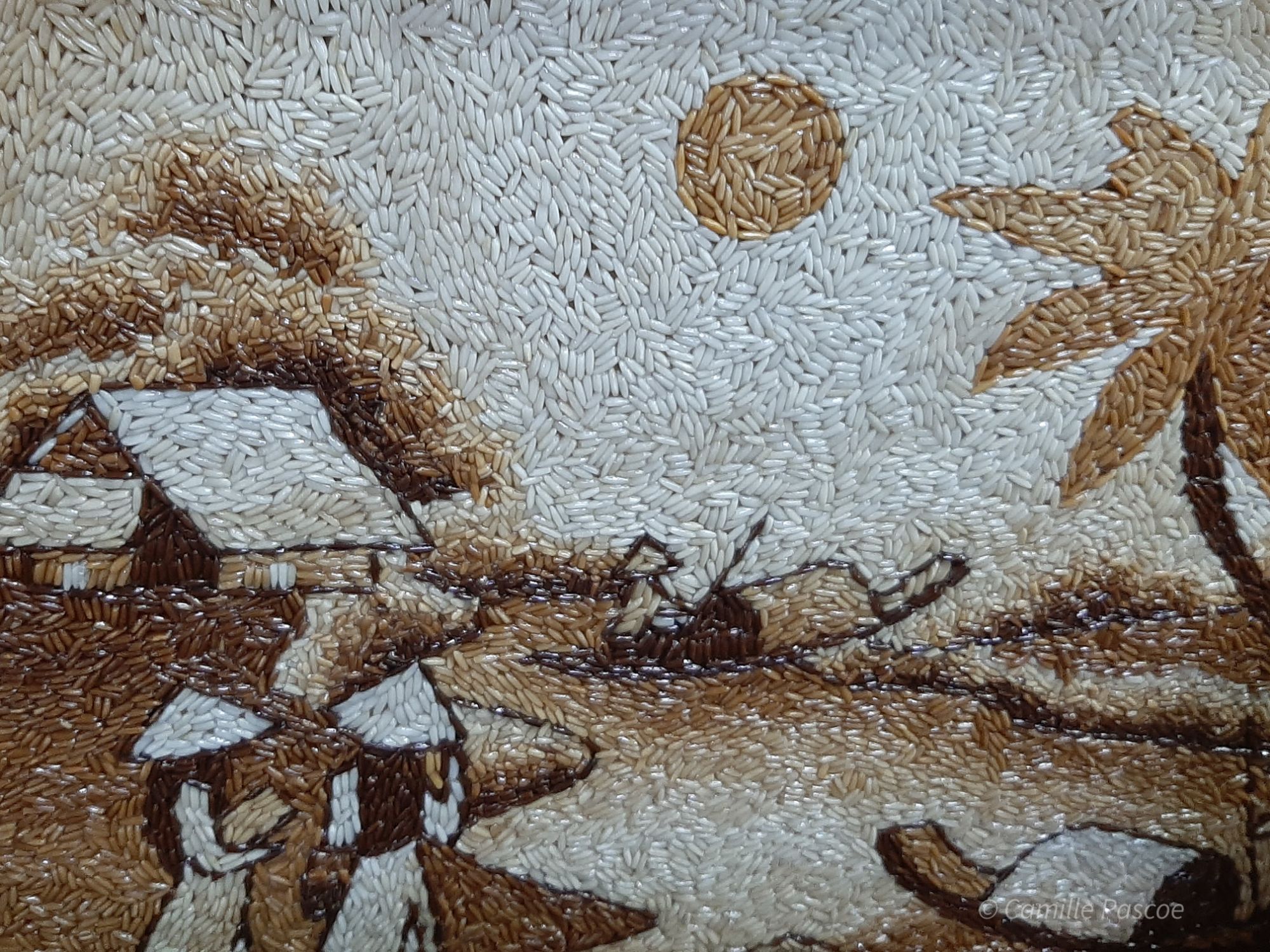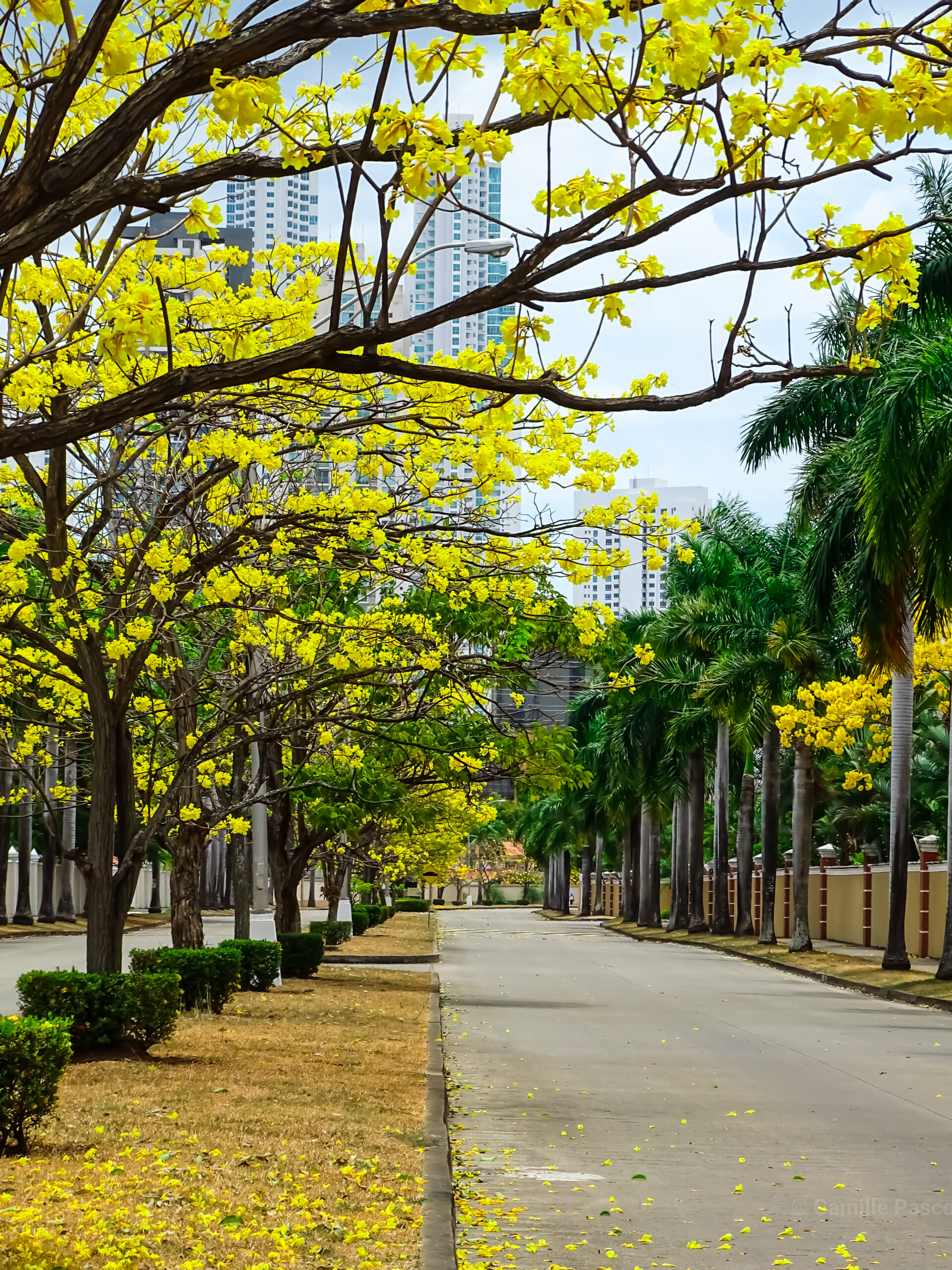If you’ve ever wandered through the charming streets of Hoi An, Vietnam, you’ve likely been captivated by the town’s signature golden glow. The buildings, bathed in shades of yellow, create a warm and inviting atmosphere that feels almost magical. But have you ever wondered why yellow is the dominant color in this historic town? Here are 5 reasons why Hoi An is practically, yellow:
A Practical Choice
Hoi An’s yellow buildings are not just an aesthetic decision; they also serve a practical purpose. In the tropical climate of Vietnam, heat can be intense, and yellow, a light color, absorbs less heat than darker shades. This practical choice helps to keep the interiors of these buildings cooler, providing a respite from the sweltering sun.

Moreover, traditional lime-based paints often produced natural yellowish hues. When mixed with local pigments, various shades of yellow emerged, making this color both accessible and durable. Over time, this practical solution became a defining characteristic of Hoi An architecture.
A Symbol of Royalty and Prosperity
In Vietnamese culture, yellow holds a significant place as a symbol of royalty and prosperity. Historically, this color was associated with the emperor and important structures, signifying power, respect and wealth. The golden hue of Hoi An’s buildings reflects this cultural reverence for yellow, injecting the town with a sense of grandeur and historical depth.

Influences of Buddhism
Buddhism, a major religion in Vietnam, also plays a role in the prominence of yellow. In Buddhist symbolism, yellow represents humility and freedom from material desires. This spiritual significance might influence the choice of yellow for buildings, especially those with cultural and historical importance. The color serves as a reminder of the values of humility and simplicity that are central to Buddhist teachings.

A Cohesive Visual Identity
The uniform use of yellow in Hoi An creates a cohesive visual identity that enhances the town’s charm and appeal. As a UNESCO World Heritage site, Hoi An’s consistent color scheme helps preserve its historic character, attracting tourists from around the world. The golden buildings, coupled with lantern-lit streets and ancient architecture, create a picturesque setting that feels like stepping back in time.

Preserving Tradition
Maintaining the yellow color of buildings in Hoi An is also a way of honoring the town’s heritage. This tradition has become a part of Hoi An’s identity, linking the past with the present. By preserving this color scheme, the town pays tribute to its history while continuing to captivate visitors with its unique beauty.

So, the next time you stroll through the streets of Hoi An, take a moment to appreciate the golden glow that surrounds you. It’s not just a color—it’s a reflection of Vietnam’s royal heritage, spiritual depth and timeless charm.






Beautiful!